Swiss Astro Imaging Group
Digital Imaging Noise theory and analysis
What is Noise?


SNR (Signal to noise ratio)
Measuring SNR
Simplification on uniform image
= Mean value of image
= Standard deviation of image

Sources of noise
- Dark Noise (when taking pictures in the complete absence of light)
- Dark current noise, random temporal noise
- Read-noise, random 1-time noise
- Hot-/Cold-Pixels, fixed-pattern noise
- Dark signal non-uniformity noise (DSNU), fixed-pattern noise
- Sensor Glow, fixed-pattern temporal signal
- Lit Noise (when exposing under light)
- Photon shot noise / Poisson noise, random temporal noise
- Photo response non-uniformity (PRNU), fixed-pattern noise
- Obstruction based patterns (Dust in the optical system, Vignetting etc.), fixed-pattern unwanted signal reduction

Fixed Pattern Noise
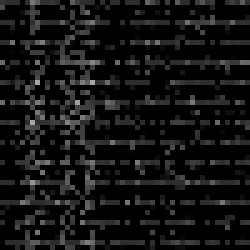
DSNU
Hot/Cold-Pixels
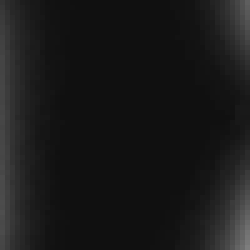
Sensor Glow
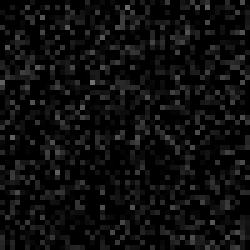
PRNU
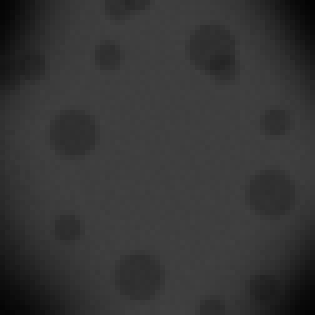
Obstructions
Calibration to remove FPN
Fixed-pattern noise can be removed completely by using proper calibration frames.

DSNU
Hot/Cold-Pixels

Sensor Glow

PRNU

Obstructions
Bias or Darkframe
Darkframe
Darkframe
Flatframe
Flatframe
Random Noise
After eliminating fixed-pattern noise, we're left only with random noise. We can reduce random noise by using statics to average it out. This is only a reduction and never an elimination.
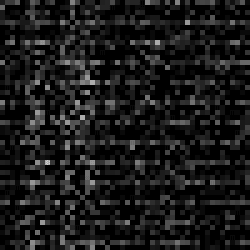
10 Frames with DSNU and read noise
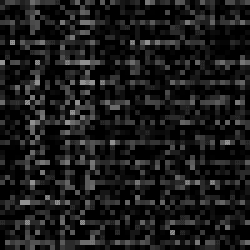
10 Frames simple average stack
After stacking 10 frames with FPN and random read noise, we can see the random noise disappear slowly.
Light is noisy

Sensor
Photons
Photon shot noise or Poisson noise as a result of the statistical nature of light.

30s
30s
30s
30s
30s
2e-
3e-
2e-
1e-
3e-
Each sub-frame will contain a different amount of photons due to the statistical nature of light (Poisson distribution).
Poisson distribution of light

For expected 8 electrons
Gaussian and Poisson SNR
The amount of shot noise in photography is always the square root of the signal.
If You have 4 signal, your noise will be 2. That's 50% noise!
If You have 10000 signal, your noise will be 100. That's only 1% noise!
Example without units

The light itself is not the problem but the inherent photon noise is!
Light Pollution
Noise reduction by stacking

10 Frames with DSNU and read noise

10 Frames simple average stack
After stacking 10 frames with FPN and random read noise, we can see the random noise disappear slowly.
= Sub-frame count



Putting random noise into perspective
It's important to know what random noise sources you have and how large they are relative to each other.
Light-pollution
Read Noise
Dark current
Noise adds in quadrature
= Dark current (e-/pixel/seconds)
= Sub-exposure length (seconds)
= Light pollution (e-/pixel/seconds)
= Read-noise (e-/pixel)
Light-pollution
Read Noise
Dark current
Total

